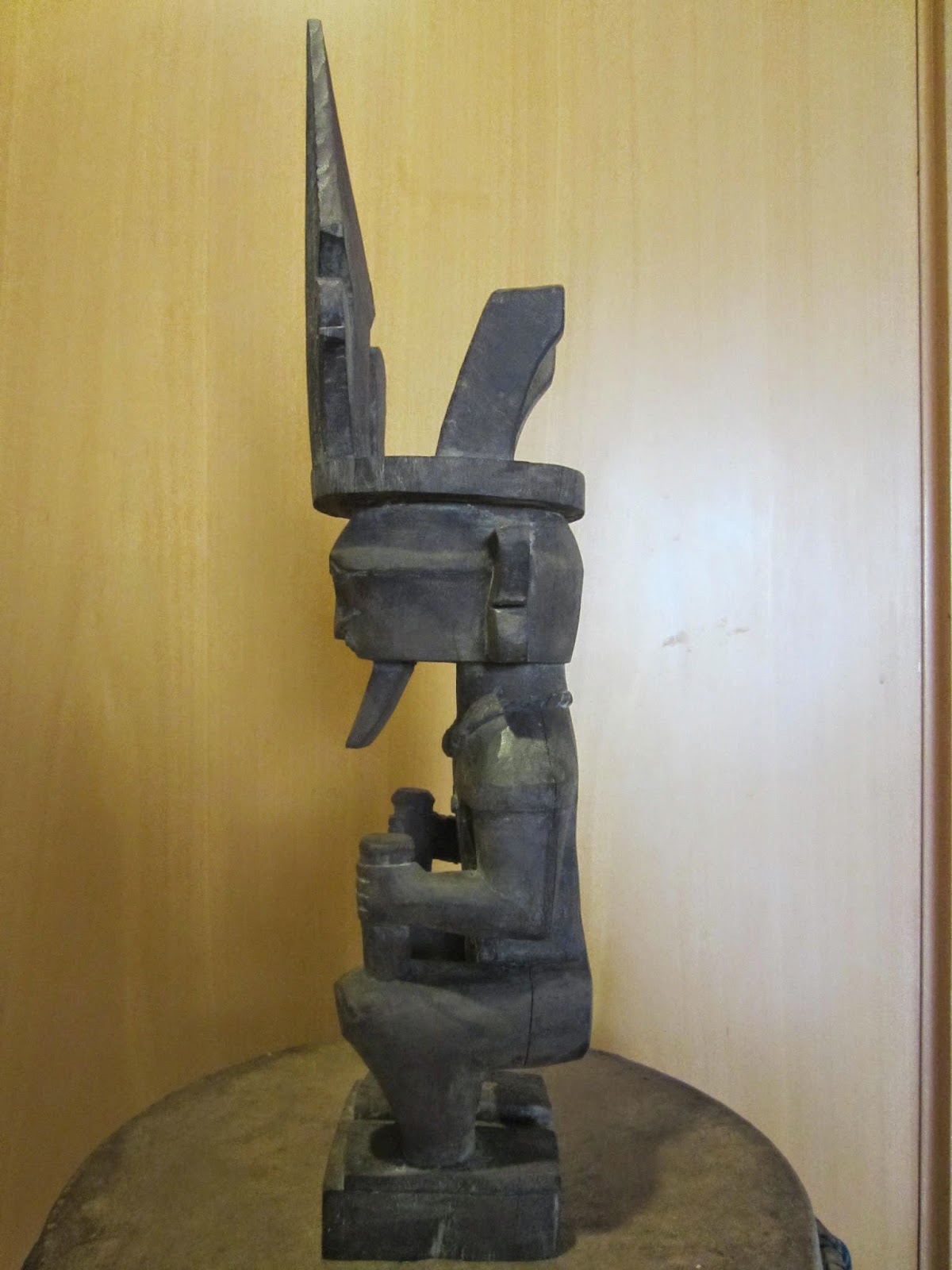Beyond the Java Sea
SOLD
Contact: 0818182628 (HP)
E-mail: mulia.santoso@gmail.com
BB: 79FA52CA
Softcover, 11.75" x 8.75", 318 pages, 11 maps, References, Over 350 items,
figures and field photos in color and b/w. Text by Paul Michael Taylor
and Lorraine V. Aragon. Published by The National Museum Of Natural
History, Smithsonian Institution in association with Harry Abrams, New
York, 1991.
A splendid book with a superb selection of objects
and illuminating field photos. There are chapters on The Indonesian
Archipelago and its art, Traditional Indonesian Aesthetics and Design,
Nias, Batak, Lampung, Dayak, Sulawesi, Lesser Sunda Islands, Southest
Moluccasa, and the North Coast Of Irian Jaya. The text is very readable
and highly informative. Items featured include figures, costumes,
weapons, jewelry, panels, doors, effigies, drums, canoe prows, fabrics,
ornamental objects, shields, and masks. One of the best books available
on island Indonesian tribal art!







